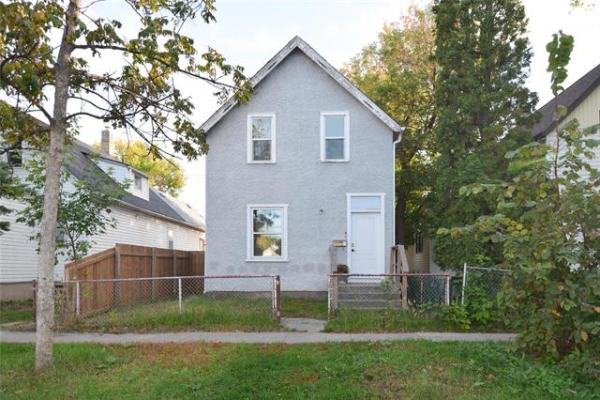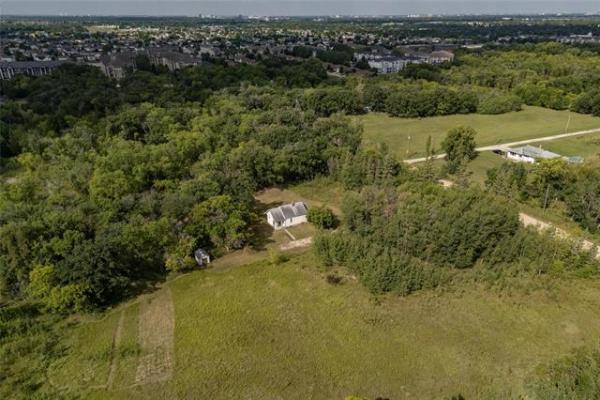Turn your backyard into an oasis retreat with a swimming pool. Before making the purchase research all options; basic pool choices include the above-ground pool, the partial in-ground pool, and the in-ground pool. Each is available in various shapes, sizes, materials, designs, and depths. Certainly the ultimate use for the pool will dictate the possibilities.
1. When choosing to have a pool installed, carefully investigate the company's history. Ask for referrals or check out the company with the Better Business Bureau. Never pay a contractor a cash advance before the work is complete. Make certain that all labour and materials are included as well as building permits. Tip: Confirm that the contractor has the proper license.
2. Decide whether you want an in-ground, partial in-ground or above ground pool. Above ground pools are the least expensive option but whichever pool you purchase, check with your local municipal office to find out the guidelines and safety requirements. You may purchase a pool and not be able to use it in your yard if for example it is too large. As well check with your city or town's building department to see if you need to acquire a special permit to install an above ground pool.
3. If it's not already covered, you'll have to take out insurance on your pool to protect yourself and your investment. If you're going to pay a lot of money to build a pool, you're not going to want to have to replace or repair it yourself in case of accidents, nor will you want to be liable for any injuries that may occur. Check with your insurance company to see if your pool is already covered under your house insurance policy. If not, find out what kind of insurance you need.
4. Proper planning before the purchase of a pool can help minimize "extra" expenditures. Consider how you want the area around the pool landscaped and plan on that expense. Budget for maintenance costs i.e. pumps, filters and chemicals are regular expenses that need to be budgeted. Filling your pool initially will cause your water bill to rise significantly for the first month. You will also want to consider the expense of water loss through normal usage of the pool.
5. Check with your town or city to find out the rules for putting up a fence around your pool. Safety is key when owning a pool. Build a completely closeable fence and a gate with a lock that will keep children away from your pool. Keep the gate locked at all times. Always have adults watching children in and around the pool. Children under the age of 3 and children who cannot swim should wear a life jacket or PFD (personal floatation device). Send children to swimming and water safety lessons. Make sure toys, garden furniture and tools are not near the pool fence. Children can climb up on these things to get into the pool. To learn more about water safety and learn-to-swim programs, please call your local Canadian Red Cross Society, or the local Branch Office of the Lifesaving Society.
6. Keep your pool clean. The average pool owner should have several tools for maintaining the pool's water. A test kit, a vacuum hose, vacuum head, a pole, a skimmer net and a brush. Tip: Every pool has a surface filter that gathers bugs and leaves floating on top. Be sure to clean it every day.
7. Advantages and disadvantages of an above-ground pool. An above-ground pool can be dismantled if you move to a new residence. They are also less expensive. Esthetically speaking, above-ground pools can be set up with decking and landscaping that rival more expensive in-ground pools. On the other hand let's face it, in most cases they are not as beautiful to look at as an in-ground pool. Tip: Partial in-ground pools are specifically made to be installed as such. For safety purposes an above-ground pool cannot be partially dug into the ground.
8. Advantages and disadvantages of in-ground pools. Definitely more expensive than the portable, above-ground alternative. However, they usually increase the value of the monetary property. Many people believe pools increase the aesthetic value of their yard. Great for entertainment, exercise and cooling down on hot days. On the other hand, in-ground pools require chemicals, cleaning and repair over time. Pool homes appeal to fewer buyers. Pools consume valuable yard space. May cost more to insure a home with a pool.
9. When looking for an automatic swimming pool cleaner, there are 3 basic types to choose from; skimmer systems, booster-pump systems and in-floor systems. The automatic cleaners save you a lot of work, because it can be difficult work to manually clean a swimming pool and it is something that needs to be done on a regular basis. With a booster-pump pool cleaning system, you need to install a separate pump that catches the water on its way out of the filter. The pump then turbo charges the water sending a high-pressure stream of water through a flexible hose that moves about the pool. Within this type of automatic cleaner there are two varieties -- a vacuum head and a sweep head. The third option is the in-floor cleaning systems which are actually built into the floor of the pool. This system is for in-ground pools because it is put in when the pool is installed. The cleaner consists of heads that pop up on the bottom of the pool and spray jets of water that force the dirt towards the main drain of the pool.
10. Chlorine is one method used to clean swimming pools. Chlorine has been proven to kill bacteria though a fairly simple chemical reaction. The chlorine solution you pour into the water breaks down into many different chemicals, including hypochlorous acid (HOCl) and hypochlorite ion (OCl-). Alternatives to chlorine are becoming common.
11. In Australia, for more than 25 years, the use of chemical chlorine has been greatly replaced by saltwater sanitizing technology to such extent that approximately 98 per cent of swimming pools are now sanitized using this process. Saltwater sanitizing technology is now quickly becoming the standard throughout the world.
12. Advantages and disadvantages of saltwater vs. chlorine. A salt water system is an expense when it is installed, but because no chlorine is needed the owner saves money in the long run. Salt is natural and soft on skin. The new salt systems monitor and clean themselves. Both chlorine and salt systems generate Disinfection By-Products (DBP). Both systems are very climate dependent and also vary based on pool usage. Saltwater does not discolour swimsuits or ruin elastic; it gets rid of eye redness and does not have any odour.
13. One method of water purification that is gaining popularity is solar ionization. Borrowing a technique from ancient Rome, where metal coins were used to keep water fresh, a solar ionizer releases trace amounts of copper and silver into the surrounding water to combat algae and bacteria. Solar ionization doesn't completely eliminate the need for chlorine, since some pool and spa contaminants such as dust, sunscreen, or body oils are un-affected by mineral ions and can cloud the water. However you can expect to use 80 per cent less chlorine with solar ionization.
14. Choosing a swimming pool blanket is another item to consider. The solar blanket has hundreds of bubbles full of air and the sun heats the bubbles which then magnifies and heats the water lowering your heating bill. If the cover is cut correctly then it will stop most of the leaves, debris and dirt from getting into the pool. The solar cover also reduces evaporation considerably which will reduce chemical usage and save you money. Alternative common covers are vinyl and mesh covers which both lay down with lock down fittings along the edge of the swimming pool. The vinyl cover will stop everything from getting into the pool while the mesh cover will still enable water and fine particles to get through. Both of these covers will help reduce evaporation and chemical loss.
15. When planning the installation of a swimming pool, check out the amazing lighting options and accents which will add a unique mood to your space. External lighting provides safety to your pool at night and also makes it more beautiful. Tip: In the past, all lighting had to be added during construction and incandescent lighting still must be put in at that time. Fiber-optic technology, however, has created do-it-yourself possibilities for an existing pool.
Warning: Whichever pool you choose, make it safe for you and the neighbours! According to a spokesperson from Safekids, "Drowning is the leading cause of accidental death among children ages 1 to 4".
Solutions is compiled from various sources: hc-sc.gc.ca, whatprice.co.uk, homebuying.about.com, swimmingpools101.com, naturalspringspools.com, homeguide123.com, greenerlivingtips.com, ezinearticles.com, poolsaltwater.com, mypoolstore.com, diynetwork.com, swanpools.com. Thanks to all who sent in tips and tricks! Similar information may be found elsewhere.
Solutions sleuth Reena Nerbas is a home economist and speaks professionally on the topic of household challenges; she is also the author of two national bestsellers, Household Solutions 1 with Substitutions and Household Solutions 2 with Kitchen Secrets. She can be heard on radio programs across Canada and seen on the CBC TV show Living Winnipeg.
www.householdsolutions.org



